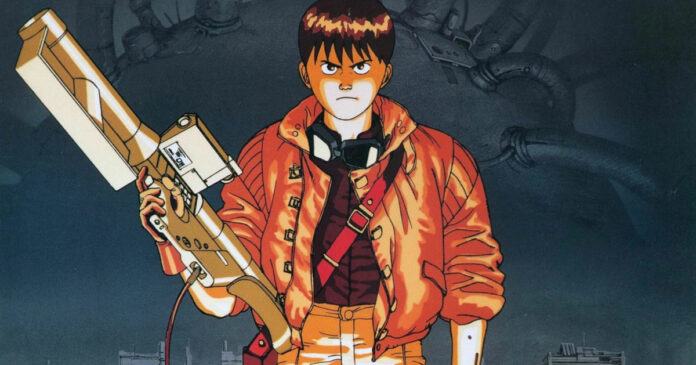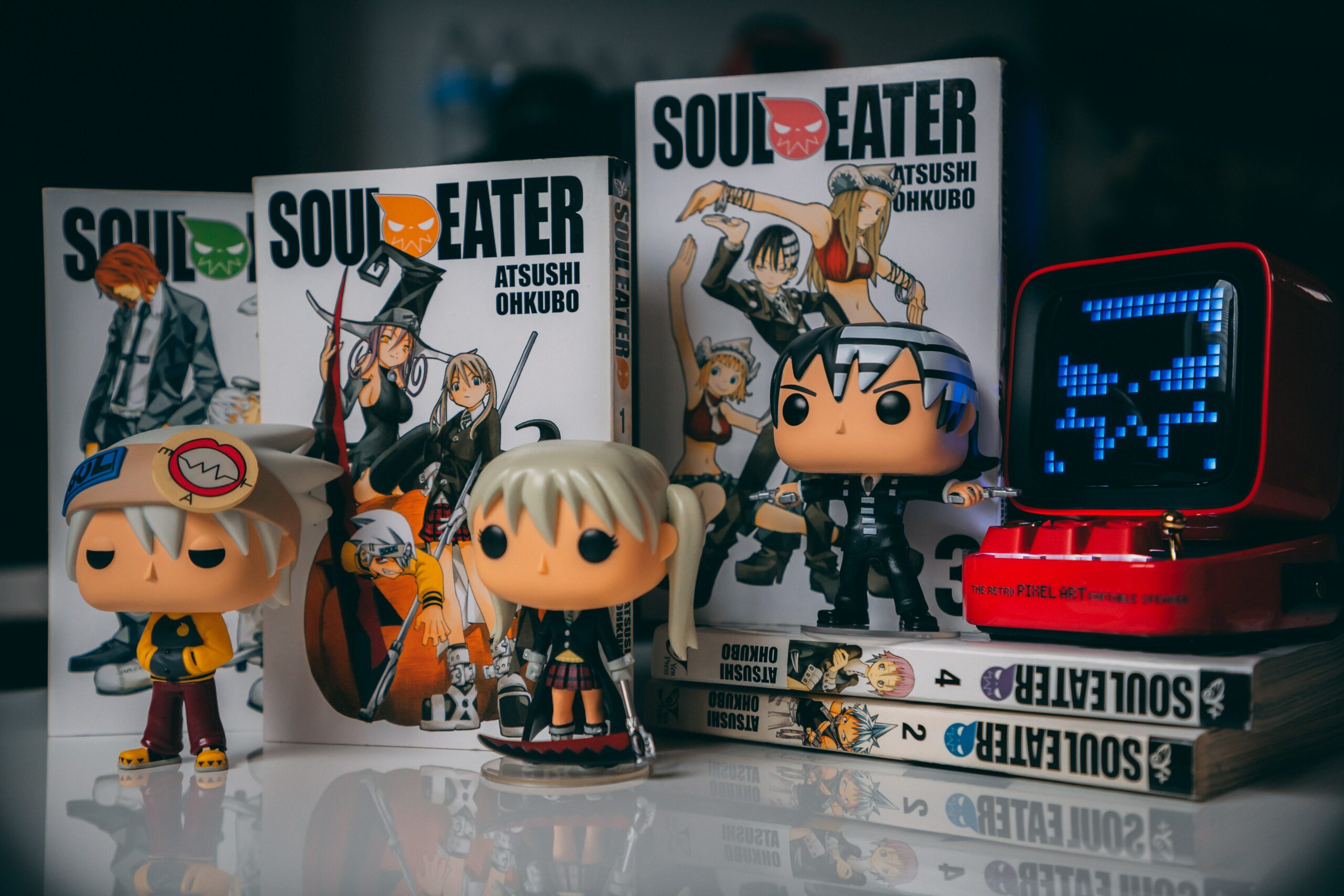More and more legendary items began to appear on our shelves. The finest aspect is that their publication is something to be admired. Akira, the great and terrible
Akira depicts the narrative of Kaneda, a ragamuffin who lives in a post-apocalyptic world. He lives in a world that has survived three decades of nuclear war. The megacities were successfully demolished, and they are currently being rebuilt slowly but steadily. Strange things begin to happen in Neo-Tokyo after the horror has passed.
Kaneda and his gang come across a mysterious psychic youngster, which leads to the main character being sucked into a vortex of events involving government intrigues, human experiments, resistance, and death. Who is Akira, and why are the “terrorists” after him? And why are the government and military so protective of his information?
When it came to constructing his magnum opus, Katsuhiro Otom oh focused mostly on the environment in which the heroes dwell, rather than on people and history. Mangaka skillfully employs the method of environmental storytelling.
Declaration
Believe me when I say that the walls of Neo-Tokyo can tell you a lot more about what’s going on than the heroes’ lips can. The universe of “Akira” features a dense, oppressive environmental atmosphere that has already perished and is attempting to break through the thickness of the previously radioactive earth. Locations, costumes, and aesthetics all have tremendous depth and layers that you’ll want to explore for more than one evening. The universe in which the manga is set is fascinating in every way.
In terms of the main plot, another declaration of introspective Japan about the events of the 1940s is interlaced with the emergence of social problems among youth, such as drugs and crime. All of this is encased in a mysterious shell, complete with a vehicle and a cart. The main character is a plus and a minus at the same time. Well, empathising with such a social unit is tough; Kaneda of the first volume’s sample is a rude, cocky, not particularly bright, and impudent individual, whose knightly traits are not really visible.
Perhaps you will enjoy him if you are a mother’s rebel in the prime of adolescent maximalism. At the same time, Otomo did not set out to make sloppiness attractive; instead, he provided us with an intriguing blank that can be transformed into something more meaningful than it is today.
Unique Work
And the combination of an exceptional world and traditional Japanese script talents results in a truly unique work that has been admired for decades. Reading manga makes you aware of the origins of many of the elements that make up modern mass culture, particularly cyberpunk aesthetics. This may be seen in his ultra-detailed drawings, his meticulous attention to detail, and the diverse subjects he raises. This manga is undeniably important to the genre as a whole.
As a result, a cult item was given such a fantastic edition. The book contains 350 pages, an enlarged format, and yellow bleed on the pages, same like the original Deluxe version.
The book is sewed on conscience and clad in a chilly dust jacket made of a very dense gloss, behind which you will find art that will just rock you. The paper is thick and coated.
You have no moral right to miss the Russian release of anything as legendary as “Akira.” There aren’t enough adjectives to adequately express how cool and important this book is.
Final Thoughts
The first volume just serves as a set-up for plot events. But this seed has already captivated me to the point. Where I can’t wait for the next instalment. Beautiful art and world-building in a cyberpunk aesthetic that should inspire every second screenwriter on the planet. If you’ve seen anime and are eagerly anticipating the release of a film, now is the time to read.
If you read it in scans, you should buy it in bulk. Akira has the potential to be the best manga edition ever made. If you haven’t read or seen it yet, you should.





















